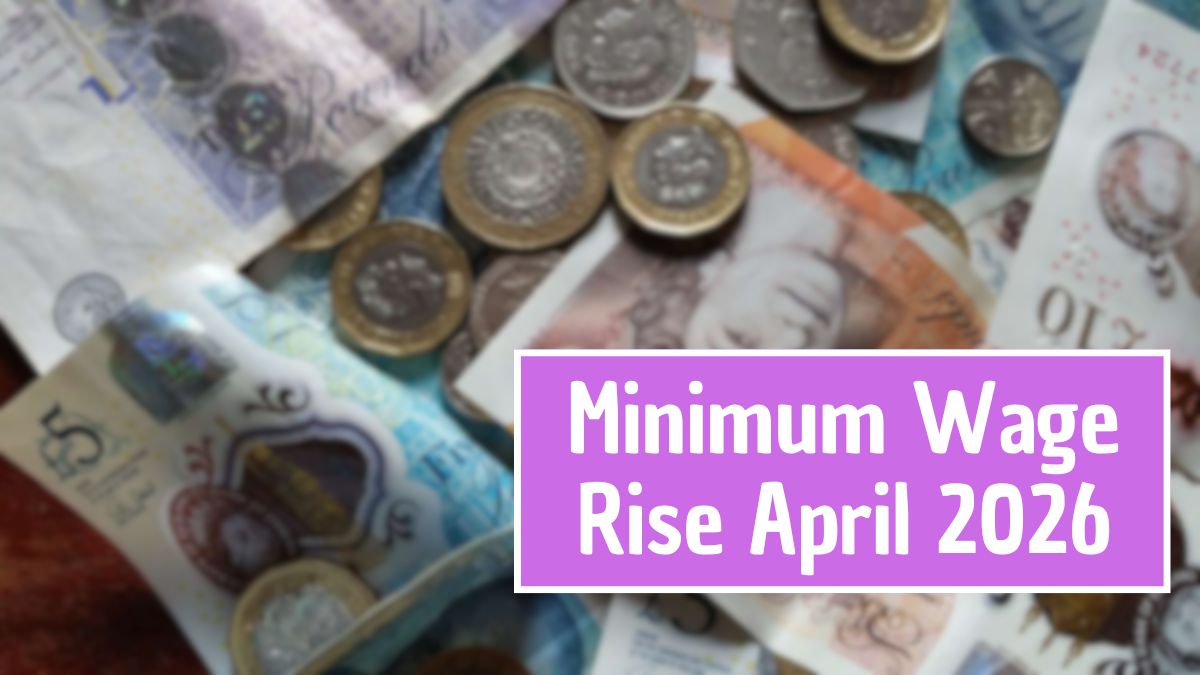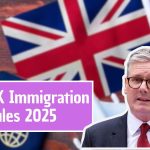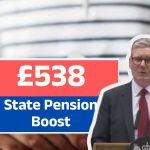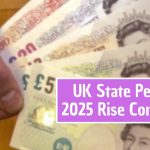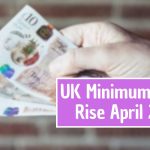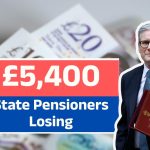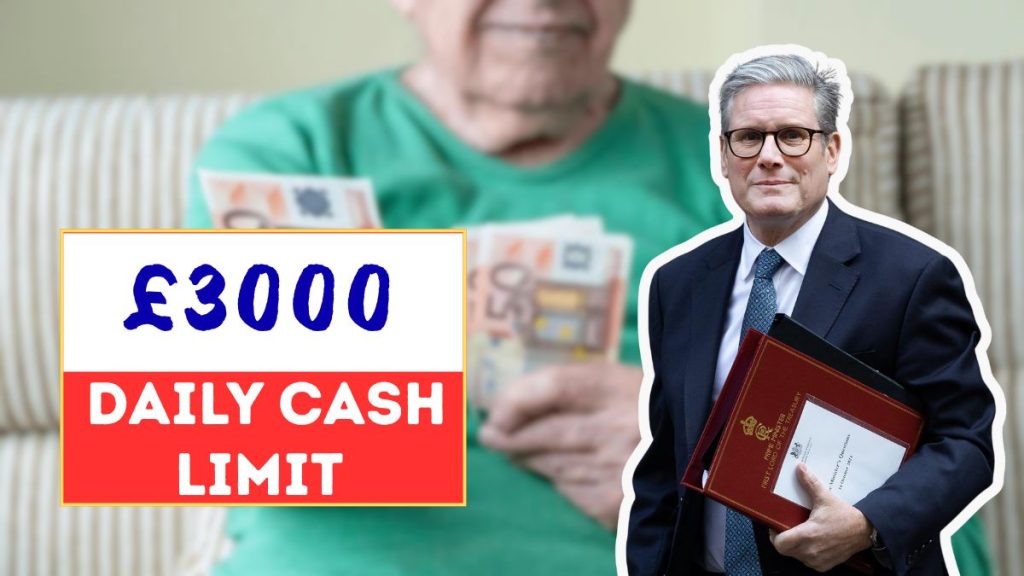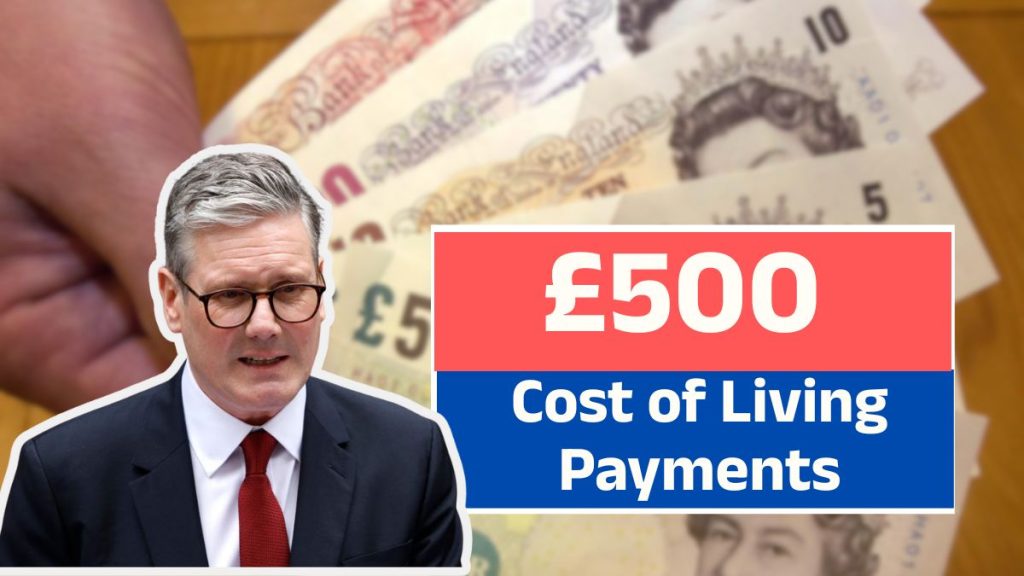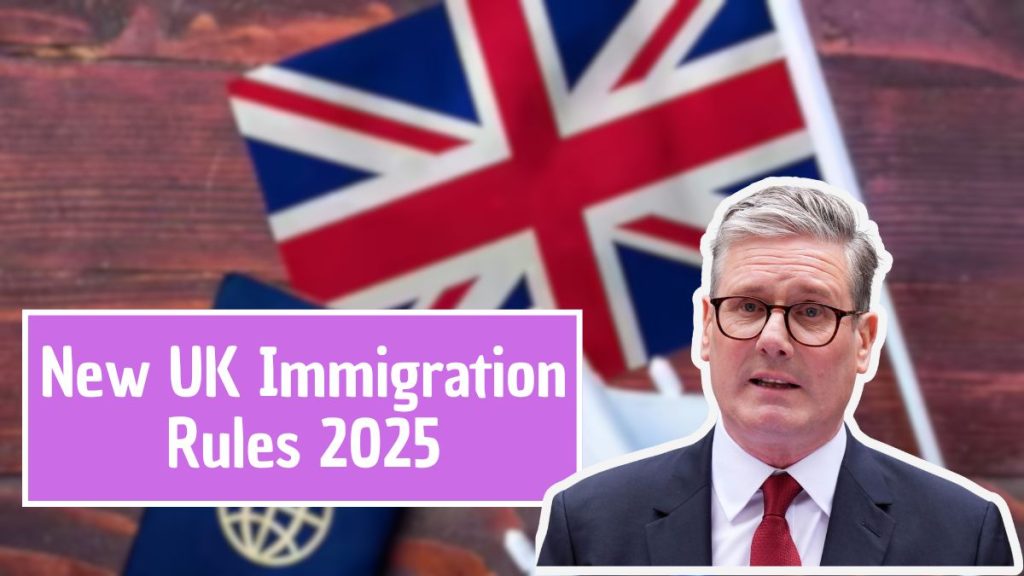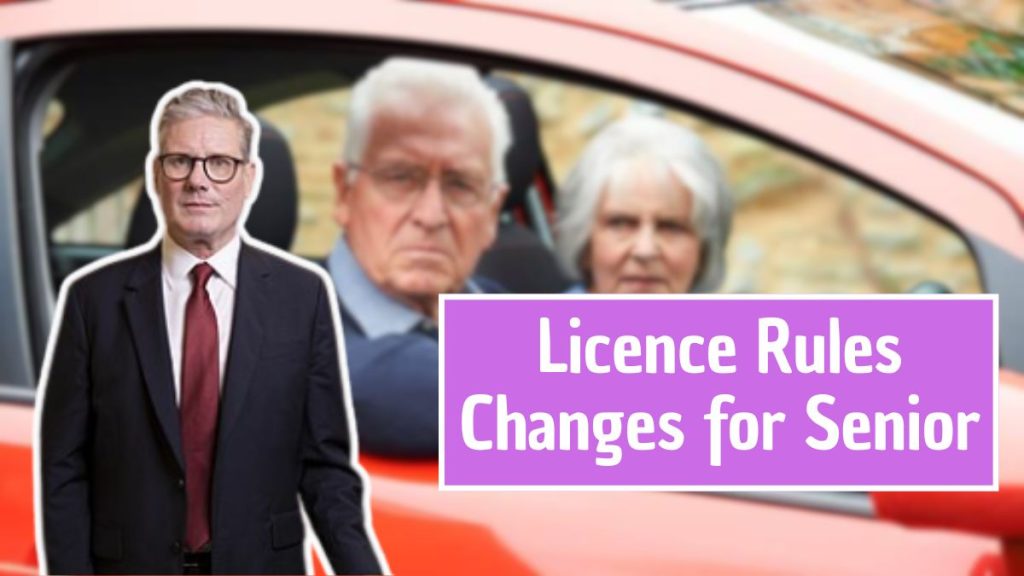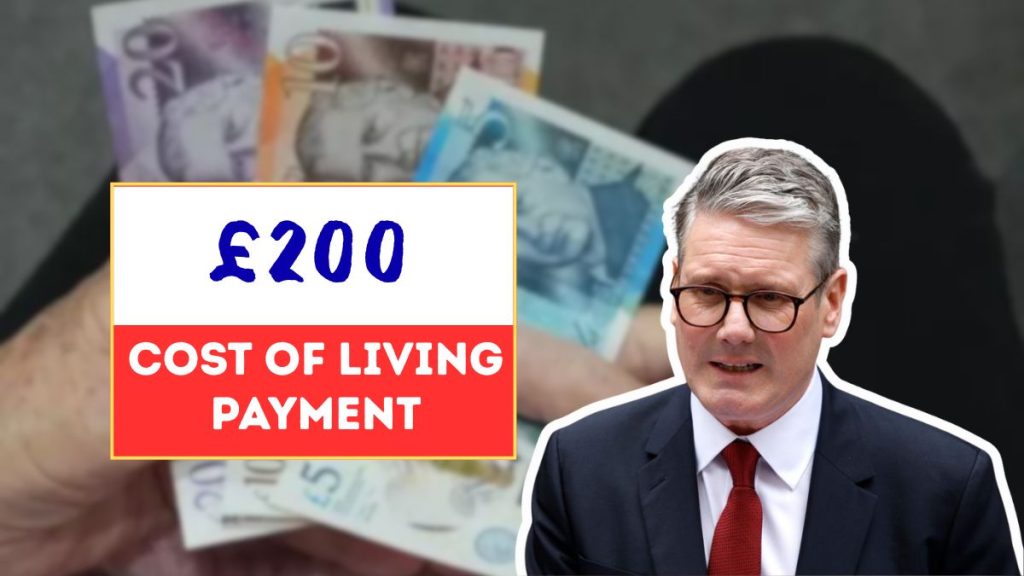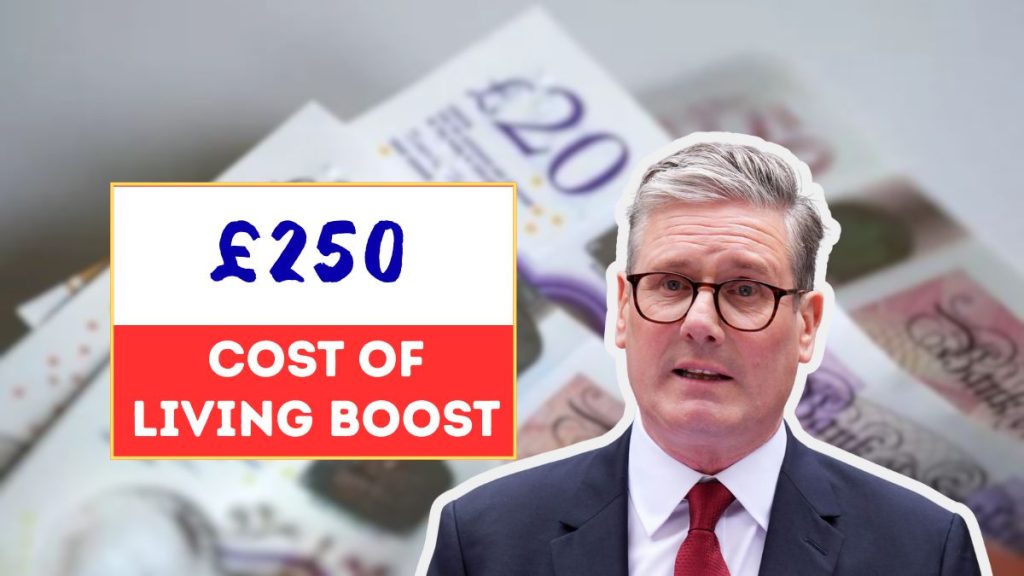The Department for Work and Pensions (DWP) has officially confirmed a new Cost of Living Payment for 2025 worth up to £500. The payments will be distributed to millions of UK households struggling with rising food prices, energy bills, and rent costs.
This latest support initiative continues the government’s multi-year effort to help low-income and vulnerable families navigate ongoing financial challenges.
Unlike previous schemes, the 2025 package will be split into three payments, ensuring help reaches households during their most financially demanding periods of the year.
Why the £500 Cost of Living Payment Matters
The DWP’s £500 support package plays a critical role at a time when inflation and energy costs continue to weigh heavily on household budgets.
For millions of people — including pensioners, working families on low income, and individuals with disabilities — these payments serve as a vital safety net to meet essential needs such as food, heating, rent, and childcare.
According to government data, many families are still recovering from record winter energy bills and food inflation rates, making these payments both timely and necessary.
Quick Overview: £500 DWP Cost of Living Payment 2025
| Detail | Information |
|---|---|
| Payment Amount | £301 to £500 total (depending on benefits and household type) |
| Payment Rounds | 3 instalments — Spring, Summer, Autumn/Winter |
| First Payment | £301 (March–May 2025) |
| Eligible Benefits | Universal Credit, Pension Credit, Income Support, income-based JSA, income-related ESA, Housing Benefit, Tax Credits |
| Payment Method | Direct deposit into bank accounts |
| Additional Support | Pensioners, disabled individuals, carers, and high-energy-use households |
| Official Source | www.gov.uk |
The Purpose Behind the 2025 Scheme
The government designed the 2025 Cost of Living Payment to deliver targeted relief rather than a universal payout.
By linking the scheme to existing benefits, the DWP ensures assistance reaches households most affected by the cost crisis — without requiring new applications or paperwork.
This approach also prevents delays and ensures that funds are distributed efficiently through established systems.
Who Qualifies for the £500 DWP Payment
Eligibility for the 2025 payment depends on whether you’re receiving one of several means-tested benefits during the government’s assessment period.
Those likely to qualify include recipients of:
- Universal Credit
- Pension Credit
- Income Support
- Income-based Jobseeker’s Allowance (JSA)
- Income-related Employment and Support Allowance (ESA)
- Housing Benefit
- Working Tax Credit or Child Tax Credit
Each household’s total payment amount will depend on their benefit type, family size, and income level during the qualifying period.
Additional Support for Vulnerable Groups
Some groups will receive extra support due to their financial or medical circumstances. These include:
- Disabled Individuals: Those receiving Personal Independence Payment (PIP), Disability Living Allowance (DLA), or Attendance Allowance will receive additional assistance to offset higher living and healthcare costs.
- Carers: Individuals providing full-time care to disabled or elderly dependents may qualify for an increased share of support.
- Households with Medical Energy Needs: Families requiring additional heating or electricity for medical equipment (like oxygen machines or dialysis units) are prioritized for higher payments.
These provisions ensure that those with the greatest needs receive tailored relief
Payment Delivery: How and When You’ll Receive It
The DWP has confirmed that the 2025 payments will be automatic. There is no application process and no additional forms to complete.
Payments will go directly into the bank account linked to your qualifying benefit, ensuring simplicity and speed.
To prevent payment delays, recipients are urged to:
- Verify bank details with DWP or HMRC.
- Report any changes in household income, dependents, or address.
- Monitor account notifications around payment periods for deposit confirmation.
All payments will clearly show “DWP Cost of Living Payment” in bank transaction details.
Three Payment Phases Explained
The DWP has structured the £500 Cost of Living Payment into three phases throughout 2025 to align with periods of peak financial strain.
Phase 1 — March to May 2025 (£301 Payment)
This first instalment targets families emerging from high winter energy costs and post-holiday expenses. It provides immediate relief after months of elevated heating bills.
Phase 2 — July to August 2025 (Approx. £200 Payment)
The second payment helps households cope with summer childcare costs, higher food prices, and seasonal utility expenses. For working parents on low incomes, this phase provides much-needed breathing space during school holidays.
Phase 3 — October to December 2025 (Final Top-Up Payment)
The last payment ensures families have financial stability ahead of Christmas and winter, when heating bills rise again. This phase closes out the support year and prepares households for seasonal expenses.
How the DWP Decides Eligibility
Eligibility is determined based on government assessment periods, which review whether an individual was receiving qualifying benefits within specific dates.
If you qualified for a benefit during any of the designated assessment windows, you’ll automatically receive the relevant payment instalment.
The DWP and HMRC coordinate to ensure there is no overlap between payments for claimants receiving multiple benefits.
What to Do If You Don’t Receive a Payment
If you believe you’re eligible but have not received your payment:
- Check that your benefit claim was active during the correct assessment period.
- Ensure your bank details on record are correct.
- Wait a few working days after the payment window closes — as payments are staggered.
- If it still hasn’t arrived, contact the DWP helpline using official channels.
Avoid contacting the department before your payment window closes, as processing delays are common during high-volume distribution periods.
Avoiding Scams and False Information
The DWP has warned of increased scam activity around payment periods.
Fraudsters may impersonate government agencies through texts, emails, or phone calls requesting personal or banking information.
Remember:
- The DWP never asks for bank details via text or email.
- All legitimate updates appear only on gov.uk.
- Suspicious messages should be reported to Action Fraud or [email protected].
If in doubt, contact the DWP directly before sharing any information.
Other Government Support Available in 2025
Alongside the £500 Cost of Living Payment, several other UK-wide assistance programs continue to operate:
- Warm Home Discount: Offers up to £150 off electricity bills for eligible households.
- Winter Fuel Payment: Annual payment to help pensioners cover heating costs.
- Cold Weather Payment: Extra funds for those affected by prolonged freezing temperatures.
- Household Support Fund: Distributed through local councils to help with rent, food, or utility expenses.
Together, these initiatives form a comprehensive financial safety net for families and individuals facing hardship
Impact on Tax and Benefits
Recipients do not need to worry about tax or benefit deductions.
The £500 Cost of Living Payment is:
- Tax-free
- Not counted as income
- Unaffected by benefit caps
This ensures that claimants retain the full amount of support provided
DWP’s Broader Economic Strategy
The 2025 Cost of Living initiative is part of a wider government plan to stabilize household finances amid persistent inflation.
By linking direct financial support with employment programs and benefits reform, the DWP aims to lift families out of long-term dependency while providing short-term relief during economic turbulence.
Officials have stated that the scheme may continue in revised forms if inflation remains high into 2026.
Steps to Stay Eligible and Informed
To ensure you remain eligible for upcoming payments:
- Keep your DWP and HMRC records up to date.
- Regularly check your Universal Credit portal or pension account.
- Sign up for official DWP alerts through gov.uk.
- Report any major life changes such as new employment, income increases, or family changes.
Remaining proactive ensures you won’t miss future support rounds.
Fact Check: Clearing Up Common Misconceptions
| Claim | Verdict | Explanation |
|---|---|---|
| Households must apply for the Cost of Living Payment. | ❌ False | Payments are automatic for eligible benefit claimants. |
| Everyone will receive the full £500. | ❌ False | Amounts vary depending on benefit type and family situation. |
| The payments are taxable. | ❌ False | They are fully tax-free and excluded from benefit caps. |
| You can receive the payment multiple times on different benefits. | ❌ False | Only one payment per household, even with multiple benefits. |
| DWP will contact you by text for your bank details. | ❌ False | The DWP never requests financial information through texts or emails. |
Final Outlook: Relief for Millions Amid Ongoing Pressures
The £500 DWP Cost of Living Payment 2025 underscores the government’s ongoing commitment to helping those most affected by inflation.
For many, this payment will mean the difference between financial stability and hardship — helping to cover the rising cost of essentials across every season.
With automatic deposits, clear eligibility rules, and a phased rollout, this initiative aims to provide both immediate relief and consistent support throughout the year.
(5) Frequently Asked Questions (FAQs)
Q1. What is the DWP £500 Cost of Living Payment 2025?
It’s a government support scheme providing up to £500 in three instalments to help households manage rising living costs.
Q2. Who qualifies for the £500 DWP payment?
You qualify if you receive means-tested benefits such as Universal Credit, Pension Credit, or Income Support during the assessment period.
Q3. Do I need to apply for the payment?
No. Payments are made automatically to eligible claimants via direct deposit.
Q4. When will payments be made in 2025?
The three instalments are scheduled for March–May, July–August, and October–December 2025.
Q5. Will this payment affect my benefits or taxes?
No. The £500 Cost of Living Payment is tax-free, does not reduce other benefits, and is excluded from benefit caps.
